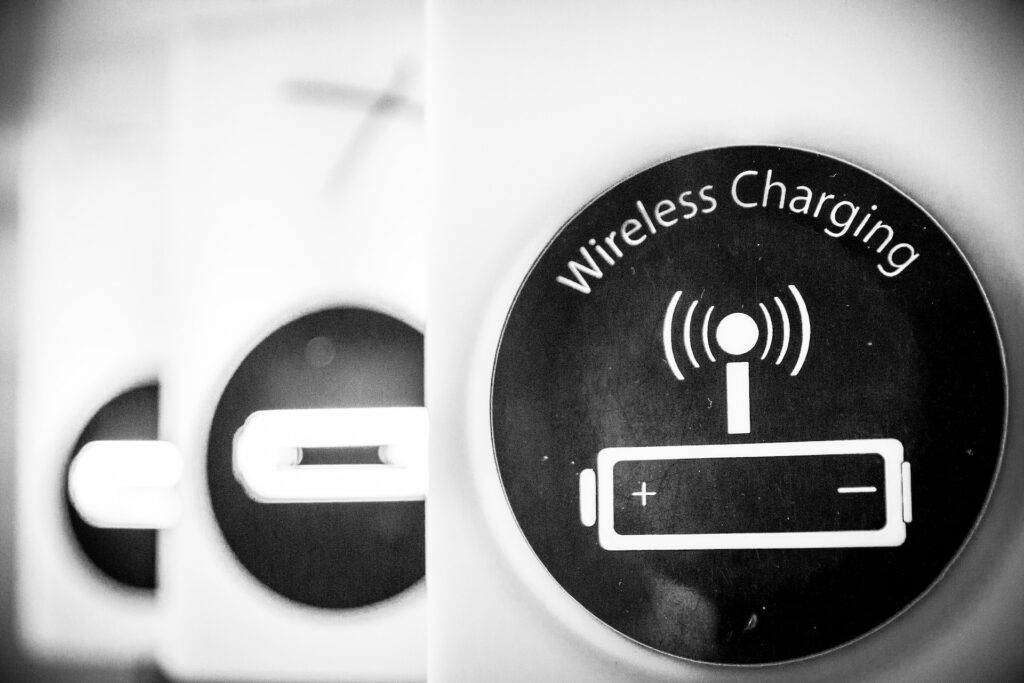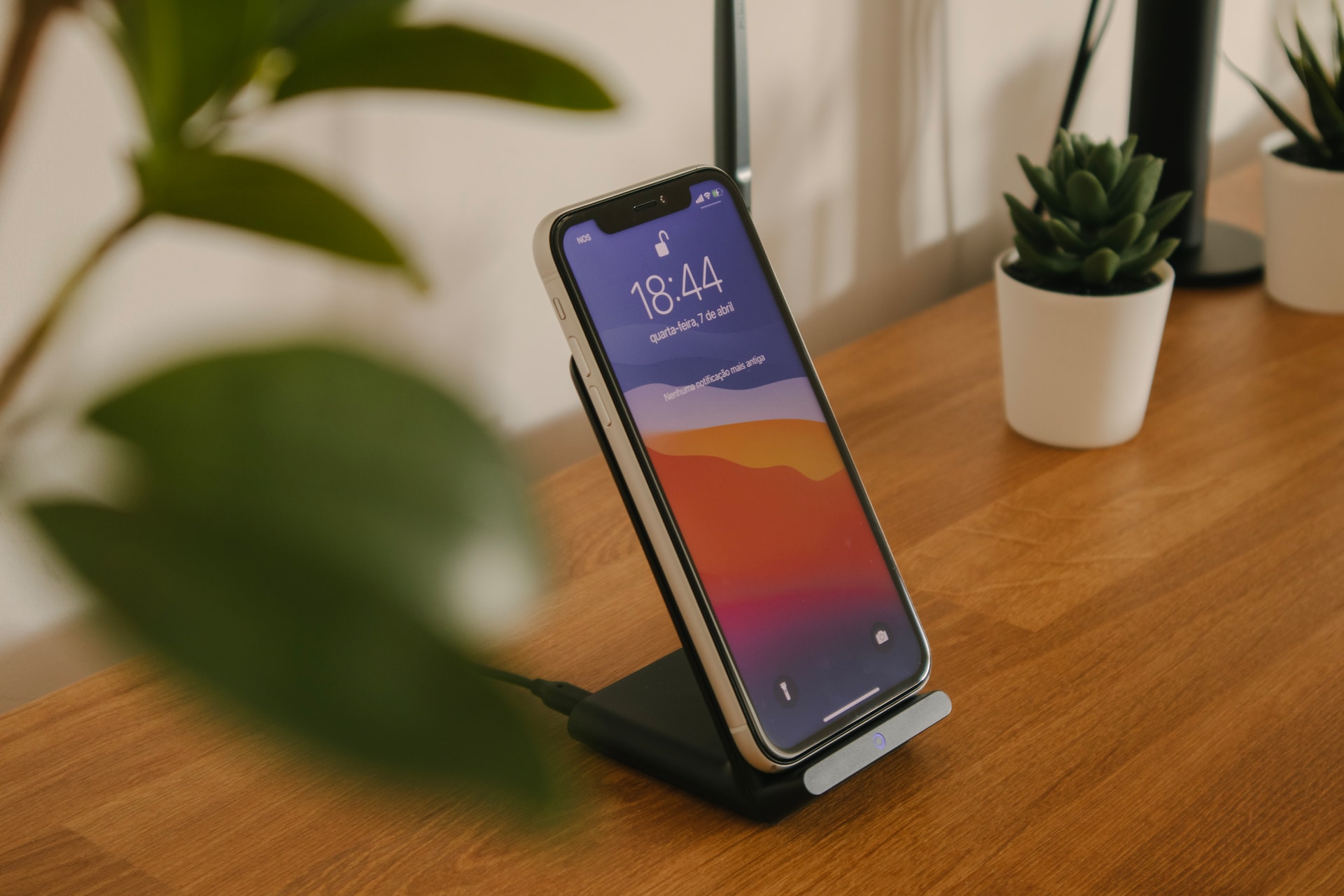In today’s fast-paced world, the constant need to stay connected has made charging our devices an essential part of our daily routine. But with so many charging options available, it can be overwhelming to choose between wired and wireless charging. The debate between these two methods has sparked curiosity and confusion among tech enthusiasts and casual users alike. In this article, we will explore the advantages and disadvantages of wired and wireless charging, helping you make an informed decision about what’s best for you and your charging needs. So, grab your device and let’s dive into the wired vs. wireless charging debate.
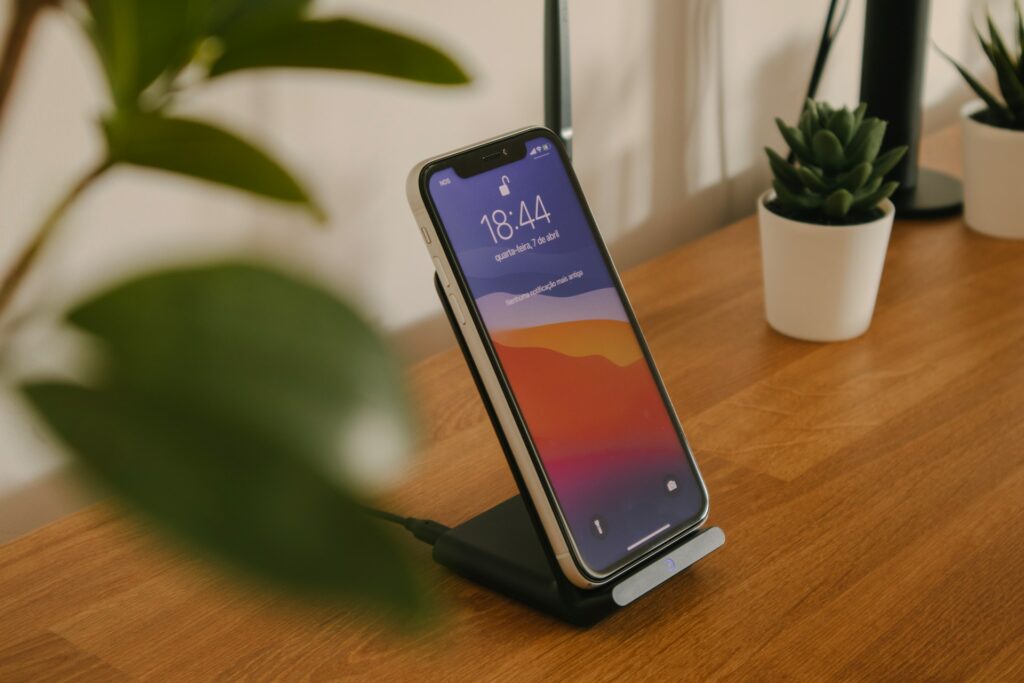
Wired Charging
Definition of Wired Charging
Wired charging refers to the process of transferring electric power from a power source to a device using a physical cable connection. This method involves plugging one end of the charging cable into the device and the other end into a power outlet or a compatible charging adapter. The power then flows through the cable, delivering a steady and reliable charge to the device’s battery.
Advantages of Wired Charging
Wired charging offers several advantages that make it a popular choice for many users. Firstly, it provides faster charging speeds compared to wireless charging. This is particularly important when you need to top up your device’s battery quickly, especially when you’re in a hurry or on the go. Wired charging also ensures a stable and uninterrupted power supply, resulting in a consistently efficient charging experience.
Another advantage of wired charging is that it often comes at a lower cost compared to wireless chargers. Charging cables are readily available and tend to be more affordable, making them an accessible and budget-friendly option for users. Additionally, wired chargers are generally compatible with a wide range of devices, reducing the need for multiple charging solutions.
Disadvantages of Wired Charging
While wired charging has its merits, it also has a few drawbacks. One prominent downside is the issue of cable clutter. With wired charging, you’ll need to connect your device to a charger via a cable, which can create a mess of tangled cords, especially if you have multiple devices. This can be inconvenient and visually unappealing, particularly if you value a clean and organized workspace.
Another disadvantage is the potential for cable damage. Over time, charging cables may become frayed, bent, or suffer wear and tear, especially if they are frequently moved or mishandled. This can lead to decreased charging efficiency or even render the cable unusable. Additionally, the physical connection required for wired charging means there is a risk of accidentally disconnecting the cable, interrupting the charging process.
Popular Wired Charging Standards
Wired charging is governed by various standards, with some of the most popular being USB-A, USB-C, and micro-USB. USB-A, the older and larger standard, is commonly found on computers, power adapters, and older smartphones. USB-C, the newer and more versatile standard, offers faster charging speeds, supports data transfer, and enjoys widespread adoption in modern devices. Micro-USB, though less prevalent these days, is still used in many older Android devices and some accessories.
Types of Wired Charging Cables
Wired charging cables come in different types, each tailored to specific devices and charging standards. USB-A to Lightning cables are commonly used to charge Apple devices, while USB-C to Lightning cables offer fast charging for newer iPhones and iPads. USB-A to micro-USB cables are widely used for charging various Android smartphones and other devices. USB-C to USB-C cables are becoming increasingly popular because of their fast charging capabilities and compatibility with a wide range of devices.
Compatibility Issues with Wired Charging
While wired charging generally offers excellent compatibility, there can still be issues when using cables and chargers from different manufacturers. Some devices may only charge at lower speeds or not at all when used with incompatible cables or adapters. It’s essential to ensure that the charging cable and adapter you use are certified and compatible with your specific device to avoid any compatibility issues or potential damage.
Potential Health Risks of Wired Charging
Wired charging does not pose any significant health risks to users. The power flowing through the cable is of low voltage and poses no harm to human health when used correctly. However, it is always crucial to follow safety guidelines provided by the device manufacturer and to use certified charging cables and adapters to minimize any potential risks.
Wireless Charging
Definition of Wireless Charging
Wireless charging, also known as inductive charging, utilizes electromagnetic fields to transfer energy from a power source (charging pad) to a compatible device without the need for physical cable connections. This technology allows you to charge your device by simply placing it on a wireless charging pad or stand, eliminating the hassle of plugging and unplugging cables.
Advantages of Wireless Charging
Wireless charging offers several advantages that make it an appealing option for users. One of the primary benefits is the convenience it provides. With wireless charging, you can place your device on a charging pad or stand and have it charge effortlessly without the need for fumbling with cables or connectors. This makes wireless charging particularly useful for devices with non-standard charging ports or for individuals with limited dexterity.
Another advantage is the elimination of cable clutter. Since wireless charging doesn’t require physical connections, you can enjoy a cleaner and more organized workspace or bedside table. This makes it easier to charge multiple devices simultaneously without dealing with tangled cords.
Disadvantages of Wireless Charging
Despite its convenience, wireless charging has some drawbacks. The most significant one is the slower charging speeds compared to wired charging. Wireless charging typically takes longer to fully charge a device compared to its wired counterpart. This can be a disadvantage when you need to quickly charge your device and don’t have ample time to wait for it to reach full battery capacity.
Another drawback is the cost. Wireless charging technology often comes at a higher price point compared to traditional wired chargers. This is because of the additional components required, such as the charging pad or stand. While the price gap has been closing, wireless charging solutions still tend to be more expensive than their wired counterparts.
Popular Wireless Charging Standards
The most widely adopted wireless charging standard is Qi (pronounced “Chee”). Qi technology is supported by a vast number of devices, including smartphones, tablets, and even some smartwatches. Another emerging standard is AirFuel, which aims to provide a more flexible and versatile wireless charging solution. These standards are continually evolving, with newer iterations offering improved efficiency and compatibility.
Types of Wireless Charging Technologies
Wireless charging technologies usually come in two main types: inductive charging and resonant charging. Inductive charging, the most common type, requires direct contact between the charging pad and the device being charged. Resonant charging, on the other hand, allows for more flexibility in positioning the device, as it uses magnetic fields to transfer energy over larger distances.
Compatibility Issues with Wireless Charging
While many devices support wireless charging, it’s important to note that not all devices are compatible. Some older smartphones and devices may not have built-in wireless charging capabilities and would require the use of additional accessories, such as wireless charging cases or receiver pads. Additionally, the placement of the device on the charging pad or stand must align with the charging coils to ensure optimal charging efficiency.
Potential Health Risks of Wireless Charging
Wireless charging technology emits electromagnetic fields to transfer energy, leading to concerns about potential health risks. However, numerous scientific studies and regulatory organizations have concluded that wireless charging technology, when used according to manufacturer guidelines and industry standards, does not pose any significant health risks. The electromagnetic fields produced by wireless chargers are generally well below the safety limits set by regulatory authorities.
Charging Speed
Wired Charging Speed
Wired charging offers faster charging speeds compared to wireless charging. The charging speed depends on various factors, including the charging cable, the charging adapter, and the device itself. USB-C cables, for example, can support faster charging rates than USB-A or micro-USB cables. Higher wattage or fast-charging adapters can also significantly reduce charging times for compatible devices.
Wireless Charging Speed
Wireless charging speeds, on the other hand, are generally slower compared to wired charging. While advancements have been made to improve the efficiency of wireless charging, it is still not as fast as plugging your device directly into a charger. The charging speed can also vary depending on the wattage of the charging pad or stand, as well as the compatibility with the device being charged.
Convenience and Flexibility
Wired Charging Convenience
Wired charging offers a high level of convenience, especially when you need a quick and reliable charging solution. Simply plugging in the charging cable provides an instant connection, allowing you to use your device while it charges. Wired chargers also enable you to charge multiple devices simultaneously using multi-port chargers or power strips.
Wireless Charging Convenience
Wireless charging takes convenience to the next level by eliminating the need for physical connections. With wireless charging, you can easily place your device on a charging pad or stand and have it start charging without the hassle of dealing with cables or connectors. This can be particularly useful in situations where you need to quickly grab your device or when you want a clutter-free charging experience.
Flexibility in Charging Positions
Wireless charging provides greater flexibility in charging positions compared to wired charging. As long as the device is placed within the charging pad’s range, it will start charging, allowing you to position it in a way that is comfortable and convenient for you. This flexibility can be handy when using your device while it charges or when charging larger devices like tablets, where finding the perfect position can be challenging with a wired connection.

Cost
Wired Charging Costs
Wired charging solutions are generally more cost-effective compared to wireless charging. Charging cables, adapters, and power strips are widely available and come at relatively affordable prices. The cost of wired charging primarily depends on the quality and brand of the charging accessories you choose. Opting for certified cables and adapters from reputable manufacturers can help ensure both compatibility and durability without breaking the bank.
Wireless Charging Costs
Wireless charging tends to be more expensive than wired charging. The cost of wireless charging primarily stems from the need for additional charging pads or stands. These accessories can vary in price depending on the brand, design, and functionality. While wireless charging technology has become more accessible over the years, it still carries a price premium compared to traditional wired chargers.
Energy Efficiency
Wired Charging Energy Efficiency
Wired charging is generally considered more energy-efficient compared to wireless charging. When using a wired connection, the energy flows directly from the power source to the device with minimal loss. This direct connection allows for efficient power transfer, resulting in less energy wasted in the charging process. Additionally, wired chargers often have higher wattages available, further enhancing their energy efficiency.
Wireless Charging Energy Efficiency
Wireless charging, while convenient, tends to be less energy-efficient than wired charging. The process of wirelessly transferring energy through induction or resonance can result in energy loss. Some of the energy is dissipated as heat during the charging process, making wireless charging less efficient overall. However, advancements in wireless charging technology are continuously being made to improve its energy efficiency and reduce its environmental impact.
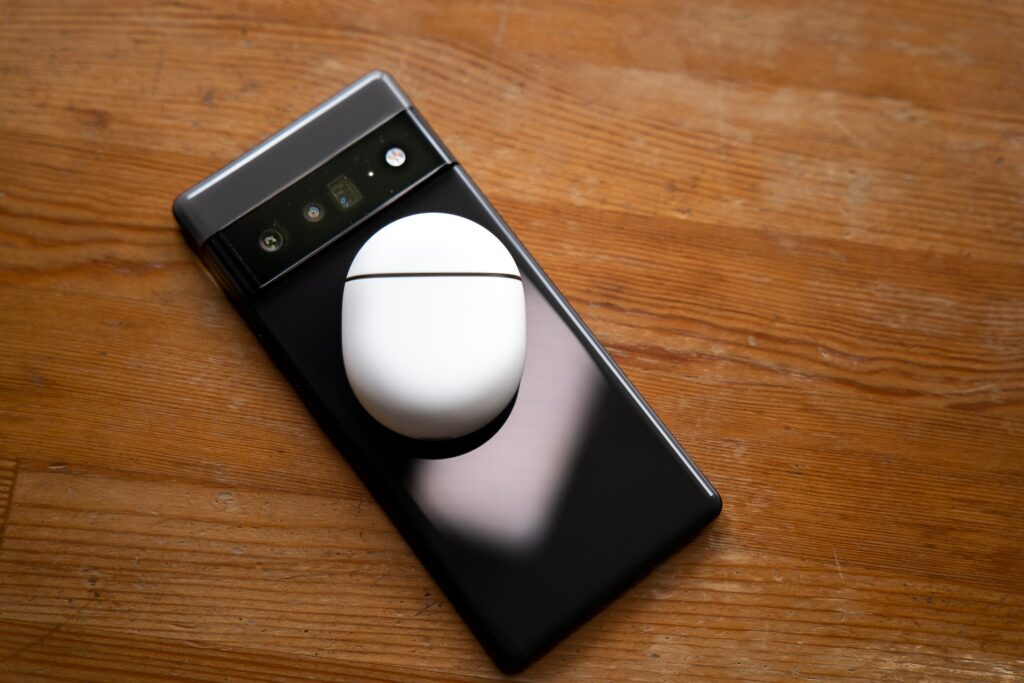
Durability and Portability
Wired Charging Durability
Wired charging cables can vary in terms of durability. Choosing high-quality cables can ensure a longer lifespan and reduced risk of damage. Reinforced cables with braided exteriors or sturdy connectors are more resistant to wear and tear, making them better suited for frequent use. However, wired charging solutions can sometimes be less portable due to the requirement of carrying cables and chargers separately.
Wireless Charging Durability
Wireless charging pads or stands are generally resilient and built to withstand regular use. They are designed to be durable and can handle the weight of various devices without being damaged. Additionally, wireless charging eliminates the wear and tear that can occur with physical connections, such as the constant plugging and unplugging of charging cables. This can contribute to a longer lifespan for both the charging pad and the device being charged.
Portability of Charging Solutions
When it comes to portability, wired charging solutions can be less convenient due to the need to carry cables and chargers separately. However, advancements in charging technology have led to the development of more compact and travel-friendly charging solutions. For example, there are now retractable or foldable charging cables that minimize clutter and make it easier to carry them on the go.
Wireless charging, on the other hand, offers greater portability and convenience. With wireless charging pads or stands, you only need to carry the compact charging accessory itself, making it ideal for traveling or when you’re on the move. Wireless charging also provides the flexibility to charge your device in various locations without the need for specific power outlets or adapters.
Ecosystem Compatibility
Wired Charging Ecosystem Compatibility
Wired charging solutions generally have excellent ecosystem compatibility. Most devices, regardless of brand or operating system, can be charged using standard charging cables and adapters. This compatibility allows for seamless charging experiences across multiple devices without the need for additional accessories or specialized charging solutions.
Wireless Charging Ecosystem Compatibility
Wireless charging compatibility is primarily determined by the device’s support for wireless charging standards like Qi. While Qi is widely adopted, not all devices are equipped with built-in wireless charging capabilities. Some devices may require the use of additional accessories, such as wireless charging cases or receiver pads, to enable wireless charging. It’s crucial to ensure your device is compatible with the specific wireless charging standard supported by your charging pad or stand.
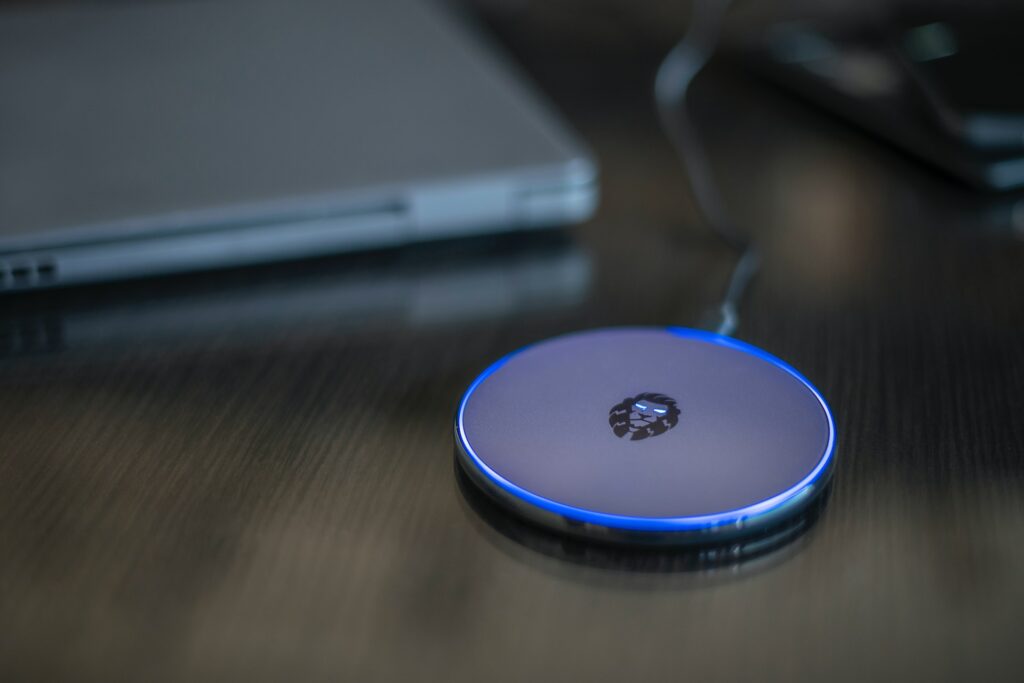
Impact on Device Lifespan
Impact of Wired Charging on Device Lifespan
Wired charging generally has a negligible impact on the lifespan of devices. When using certified charging cables and adapters, the risk of damage to the device’s charging port or battery is minimal. Proper handling and regular maintenance, such as avoiding bending or twisting the cable excessively, can contribute to a longer lifespan for both the charging accessories and the device itself.
Impact of Wireless Charging on Device Lifespan
Similar to wired charging, wireless charging has little impact on the overall lifespan of devices. Wireless charging pads or stands are designed to be reliable and safe for charging compatible devices. The risk of damage to the device’s battery or other components is comparable to that of wired charging, provided that the device’s guidelines and industry standards are followed.
Conclusion
In the wired vs. wireless charging debate, the choice ultimately depends on your individual preferences and priorities. Wired charging offers faster charging speeds, lower costs, and a more energy-efficient solution. It is well-suited for users who value reliability, convenience, and compatibility across different devices. On the other hand, wireless charging offers the convenience of cable-free charging, flexibility in charging positions, and enhanced portability. It is ideal for users who prioritize convenience, minimal cable clutter, and a clutter-free charging experience. Ultimately, both charging methods have their merits, and choosing the best option for you depends on your specific needs and preferences.
